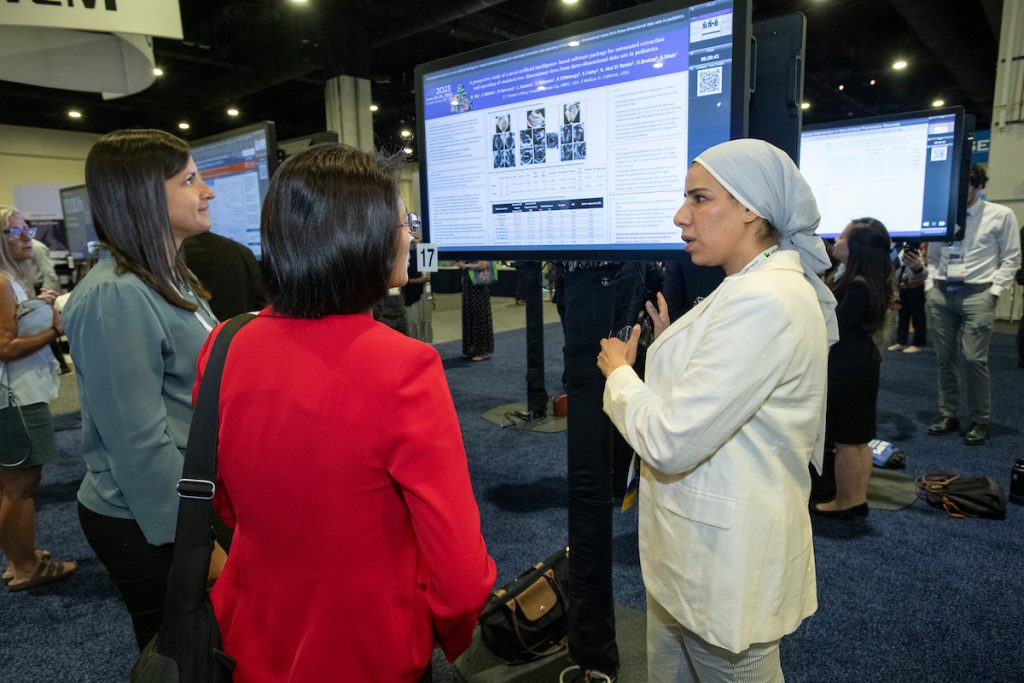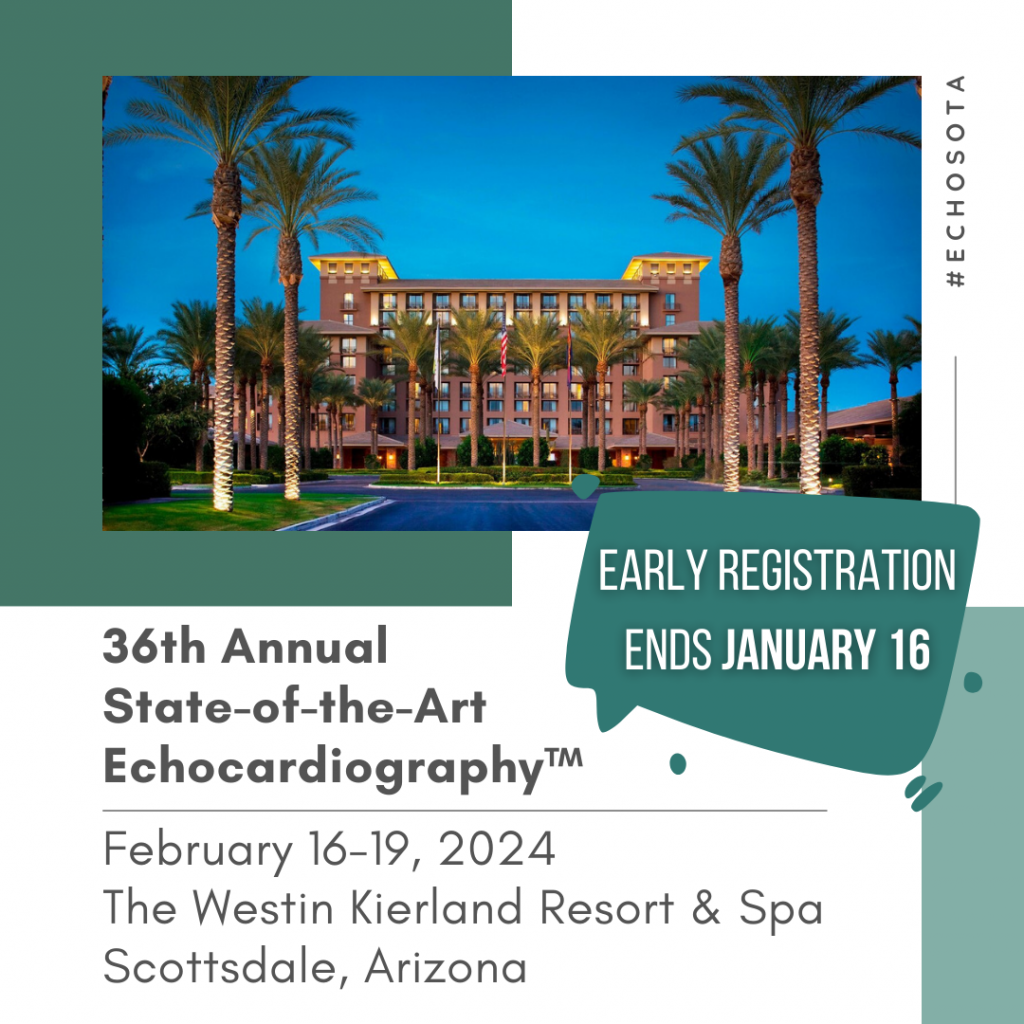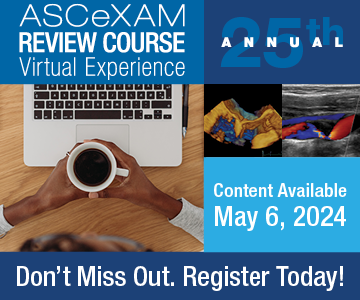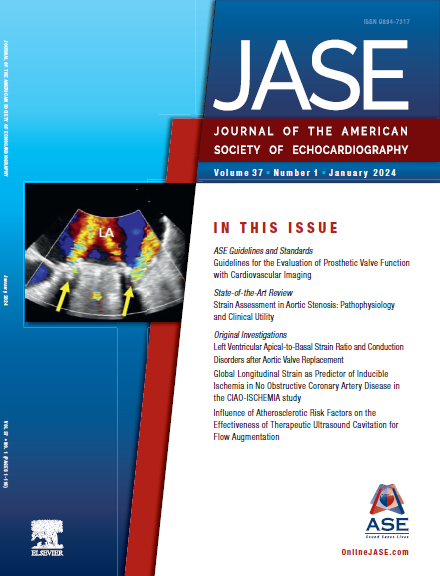Abstract Submission Deadline: January 24
Don’t miss the opportunity to present at the premier cardiovascular ultrasound educational event of the year, ASE 2024! The annual showcase of investigators from around the world presenting cutting-edge research on the latest advances in cardiovascular ultrasound and cases illustrating evolutions in patient care is a highlight of ASE’s Annual Scientific Sessions.
Visit the ASE 2024 Call for Science page to see the many benefits of abstract acceptance and to get started on your ASE 2024 Abstract Submission. The deadline to submit is 11:59 PM on January 24.





